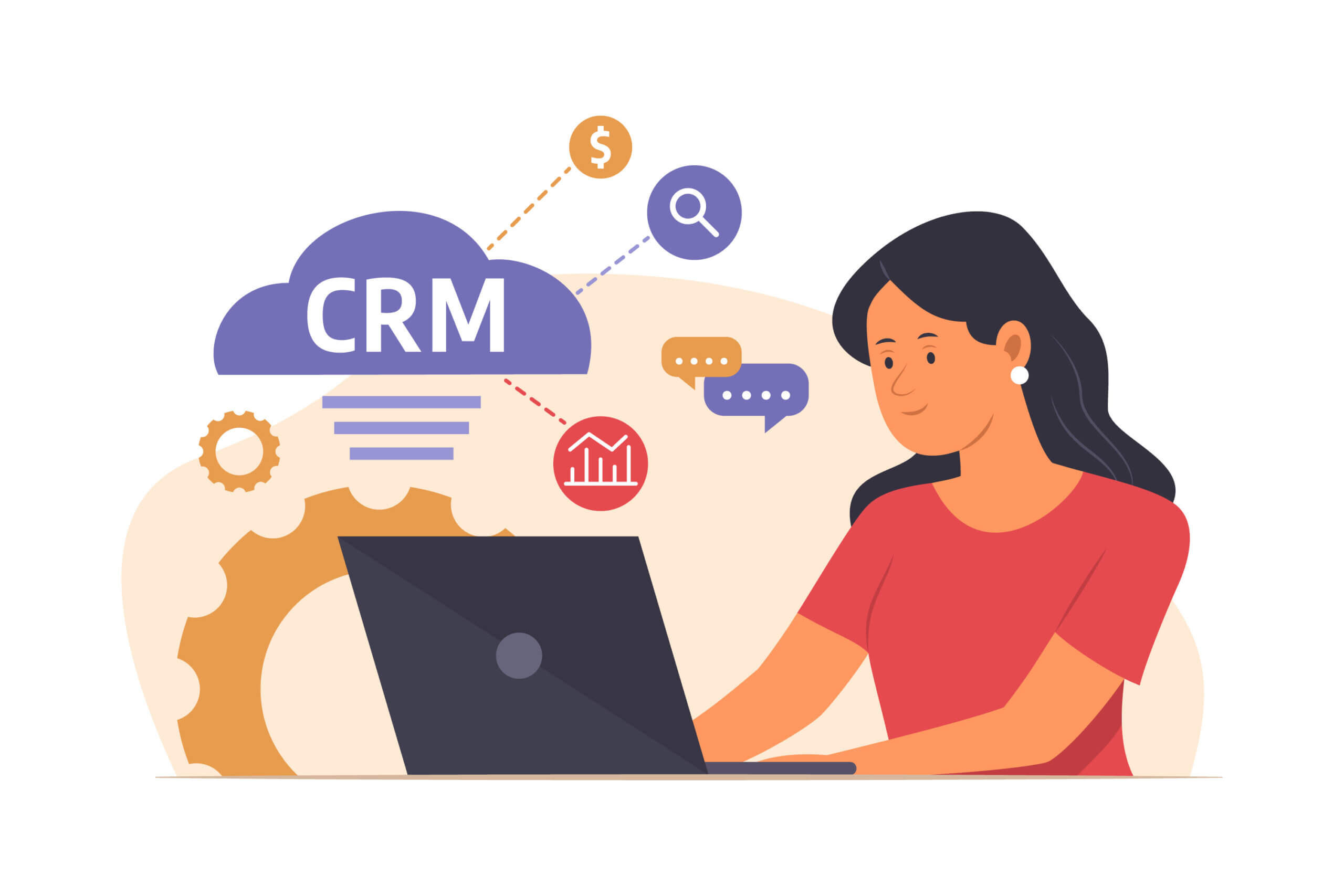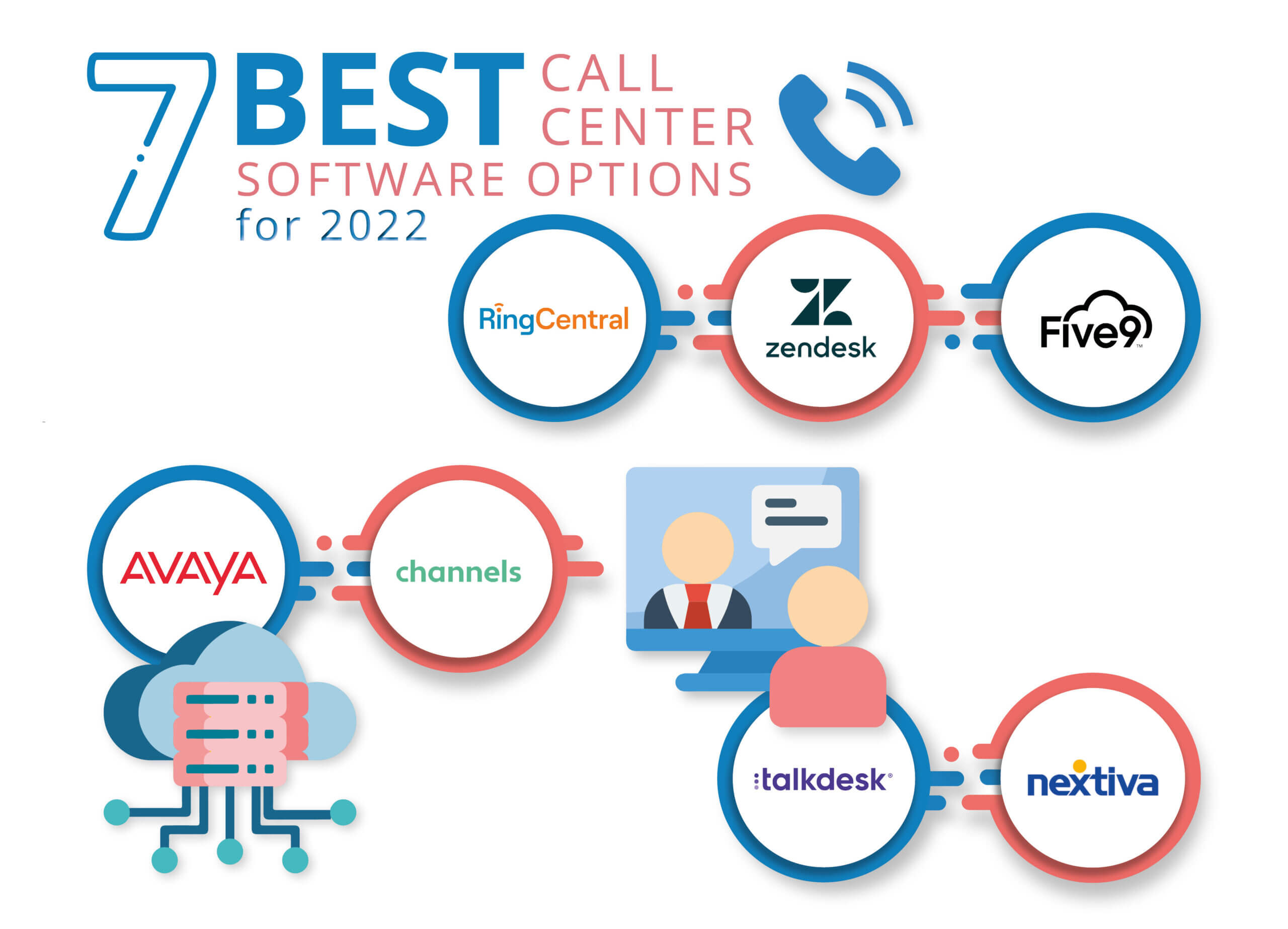Customer Service Management: Guidelines and Resources © Copyright Carter McNamara, MBA, PhD, Authenticity Consulting, LLC. Although Customer Service Management there is a conventional difference between the terms “customer” and “client,” this topic refers to “customers” as meaning both. Also, although a product is a tangible offering and a service is an intangible offering, this topic …
Sales & Marketing/
Customer Relationship Management
In our digital age, it’s easy to hop on the internet and see how a company fares based on its reviews. This simple rating can send a customer to your site or run away in fear. Reputation management software makes it possible to track ratings and offer tools to boost your company’s status as well. …
Building strong relationships with the best CRM Software Systems helps customers by increasing sales and running a successful small or midsize business However, it takes time and effort to keep track of vital information related to your prospects and customers. That’s where customer relationship management (CRM) software comes in. CRM is a centralized system that …
Today’s call center software connects humans and machines to address the needs of customers. Through automation and artificial intelligence, calls are seamlessly routed through carefully designed flowcharts before a live agent ever picks up the phone, saving time and money in the process. This article showcases the best call center software options currently on the …
By Guest Blogger: Geoff Rotunno www.linkedin.com/in/geoffrotunno People are always asking me where I get all my big ideas. Answer: They just come to me. Drop by my local coffee shop sometime. That’s me right there, front and center, within easy earshot of all the rants from every table in the place. People do love to …
Mike doesn’t need fancy marketing materials and social media campaigns to attract business. With this kind of superb customer experience, I tell everyone who’ll listen about Mike and his fabulous service. The ultimate promotion - word of mouth.
You were given an example of poor customer service. Perhaps an explanation and discussion now will spark an idea for a training solution. That’s all there is to it. This blog is divided into two categories: Training and Development and Customer Service. It was written for three reasons: I’ve trained in customer service as have …







